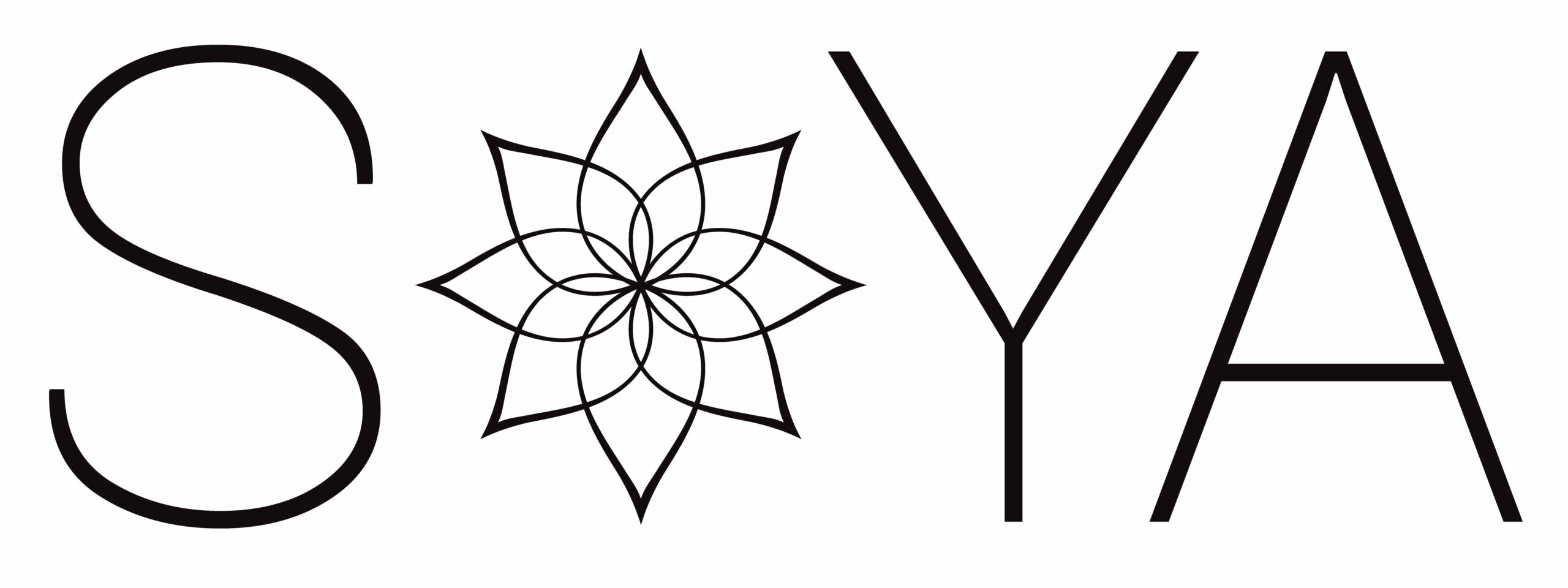Overcoming “troubles” through self-inquiry
By Jools Andrés, SOYA, E-RYT200, RYT500.
In The Yoga of the Bhagavad Gita Paramahansa Yogananda uses the word “troubles” as an English word that corresponds to the Sanskrit word klesha.[i] “Afflictions,” “causes of suffering,” and “obstacles to enlightenment” are also commonly used translations. However we name them internally to help ourselves understand them, the Yoga Sutras of Patanjali explains the five kleshas as qualities that all spiritual seekers must come to terms with in order to find truth. (Sutras II.3 – 9.)
To overcome our troubles it is helpful to become aware of all five kleshas and how they can play out in our own lives.
Ignorance – avidya
Nearly all of us identify most strongly with our temporal surroundings. Our conditioning in this regard is deep and strong and can manifest in yoga practice and teaching by focusing primarily on the physical effects of asana. This can (and often does) make us hold yoga in a confined, even confused conceptual space. The distortions we form on the physical level filter through to the mental and spiritual levels and obstruct us from blossoming fully as practitioners of yoga’s eight limbs, as outlined in the Yoga Sutras, and create stubborn roadblocks on our journey toward becoming enlightened beings. This condition of ignorance is also the source of the remaining four obstacles.
Egoism – asmita
In The Essence of Yoga: Reflections on the Yoga Sutras of Patanjali author Bernard Bouanchaud translates Sutra II.6 thus: “Individual ego consciousness of ‘I’ sees mental and physical activity as the source of consciousness.”[ii] It is worth reminding ourselves on an ongoing basis that seeking / receiving praise for the mastery of an asana leads us away from the true gifts of practice. Yes, keep working to build physical confidence bit by bit, and then channel that feeling of power and strength toward faithful, patient meditation practice. Over time you can and will experience samadhi, inner peace, which is the very opposite of ego identification and the ultimate goal of yoga. (Sutras I.1 – 4.)
Attachment – raga
As you continue on with your day or evening after reading this, pay attention and see if you can notice three or four things that you are quite attached to or attracted to as they arise. Most often these things provide pleasure or reassurance of some kind, so we tend to return to them repeatedly, sometimes even mindlessly. It could be that you are fiercely bound to the routine of your day¾do you feel anxious or even paralyzed when something happens that upsets the usual course of events? You may notice a habit of consumption such as having a glass of wine, comforting yourself with a certain snack, or turning on the TV at a regular time. “Passions,” obsessions, addictions¾all have a way of overtaking us and diverting us from our intentions. Once we become aware of these habitual attachments we can make progress toward keeping them in check.
Aversion – dvesah
The consequence of rejection, or any unpleasant experience, is aversion or avoidance. While it makes sense to stay away from negative or abusive people or circumstances, we can also avoid facing our own roles in our situations by projecting blame onto others. Group dynamics often provokes emotional responses that are linked to difficult childhood experiences. For me the key is to recognize that, although I may not always understand the “why” of feelings of anxiety that arise in certain situations, I can recognize that the feelings that these triggers conjure are (usually) unfounded in the present situation. If I freeze or run away I do not engage in a way that allows for expanded awareness. Yoga master Erich Schiffmann tells us, “Immerse yourself in stillness and pay attention. Allow yourself to be taught.”[iii]
Fear – abhinivesah
This klesha is often translated as “fear of death.” This may be because underlying all of our dreads is the fear of not completing what we want to do in our lifetimes. Whether it is a leaving a body of creative work, helping to improve the lives of others, amassing a valuable estate, or seeing our friends and family one more time, there is always more to achieve, always something that causes us to believe that our lives are perpetually unfinished. This misconception leads us right back to ignorance and primary identification with our existence on the physical plane. Observing our thoughts and behaviours and taking positive steps to temper our responses leads us to develop consciousness of and confidence in our true, innermost selves. Our fears eventually, certainly, melt away over time as this faith grows.
Be patient with yourself as you cultivate a positive mental attitude to overcome the kleshas. Once you discover that your own personal brand of “troubles” is surmountable, you are well on your way to triumph. As expressed in Lorin Roche’s beautiful translation of The Radiance Sutras: 112 Gateways to the Yoga of Wonder & Delight, “Once you have set out on the path of intimacy with the immortal essence of life, never turn your back on it, my Shining One. Never turn away.”[iv]
Jools Andrés is a writer, editor, and yoga educator from Vancouver, BC. She will be assisting at the upcoming SOYA yoga teacher training in Pitt Meadows, BC this fall. Visit breathemovesit.com
[i] The Yoga of the Bhagavad Gita, Paramahansa Yogananda; Self-Realization Fellowship, 2007, Los Angeles, CA, p. 40.
[ii] The Essence of Yoga: Reflections on the Yoga Sutras of Patanjali, Bernard Bouanchaud; Sri Satguru Publications, 1997, Delhi, India, p. 82.
[iii]Yoga: The Spirit and Practice of Moving Into Stillness, Erich Schiffmann; Pocket Books, 1996, New York, NY, p. 322.
[iv]The Radiance Sutras: 112 Gateways to the Yoga of Wonder & Delight, Lorin Roche; Sounds True, 2014, Boulder, CO, p. 171.
©Julie (Jools) Andrés, 2015; used with permission.
Celebrating over 25 years of Teacher Training


Recent Comments